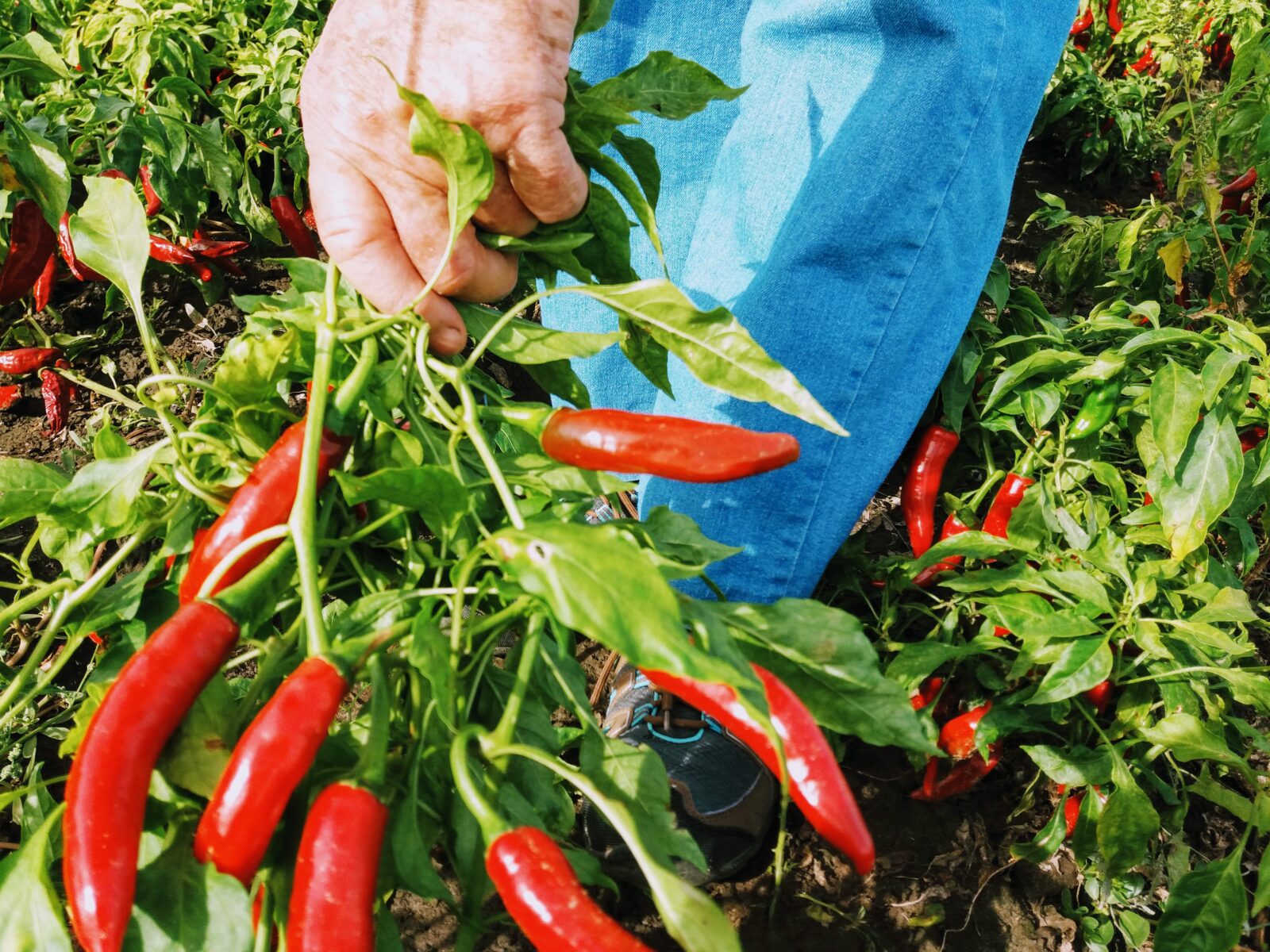Updates, Wine Styles & Trends
Kékfrankos, a distinctly Central European grape
Kékfrankos, also known as Blaufränkisch, is the grape that defines Central European winemaking. While its exact origins remain a mystery, it’s widely believed to have originated in or around modern-day Slovenia. From there, it spread throughout Central Europe, and today it is grown in regions stretching from the Czech Republic to Serbia and from Germany to Bulgaria. However, more than half of all Kékfrankos vines—covering over 8,000 hectares—are rooted firmly in Hungary, where the grape plays a key role in the country’s red wine production.
Hungary’s Everyday Red with Hidden Depths
One of the reasons Kékfrankos has become so popular is its versatility. On one hand, it’s a great grape for everyday drinking, offering approachable, medium-bodied wines with lively acidity and juicy fruit flavors. On the other hand, when treated with care, Kékfrankos can produce complex, sophisticated wines that reveal the grape’s deeper potential. It’s this duality that makes it beloved by winemakers and wine lovers alike.
In the past, some Hungarian winemakers tried to transform Kékfrankos into a bold, intense wine, often with heavy extraction and high alcohol. But this approach didn’t always suit the grape’s natural characteristics. Kékfrankos truly shines when it’s made with finesse, focusing on balance rather than power. Top Kékfrankos wines today are sophisticated without being overwhelming, showcasing the grape’s vibrant acidity, bright fruit, and characteristic peppery spice.
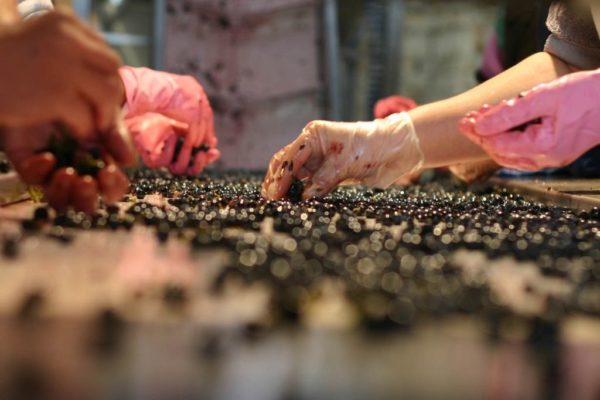
This new approach to Kékfrankos is especially apparent in regions like Lake Balaton, where winemakers like Attila Homonna are crafting exceptional wines with a focus on natural winemaking. Homonna, working both under his own label and for Homola Winery, produces Kékfrankos that captures the freshness and energy of the grape without sacrificing complexity.
In Villány, a region better known for its bold Cabernet Franc, Kékfrankos plays a more subtle role, often producing medium-bodied, everyday reds. Wineries like Vylyan make an elegant Kékfrankos with low alcohol and crisp acidity, while Piros Béka experiments with amphorae aging, resulting in a fresh, spicy wine with a unique texture. These wines prove that Kékfrankos can offer complexity without the need for heavy oak or high alcohol.
In Szekszárd, Zoltán Heimann Jr. is another winemaker pushing the boundaries of Kékfrankos. With his Heimann & Fiai (Heimann & Sons) label, he focuses on creating deeply flavored yet mellow wines in a natural style, emphasizing the grape’s fruit purity rather than extraction or oak influence.
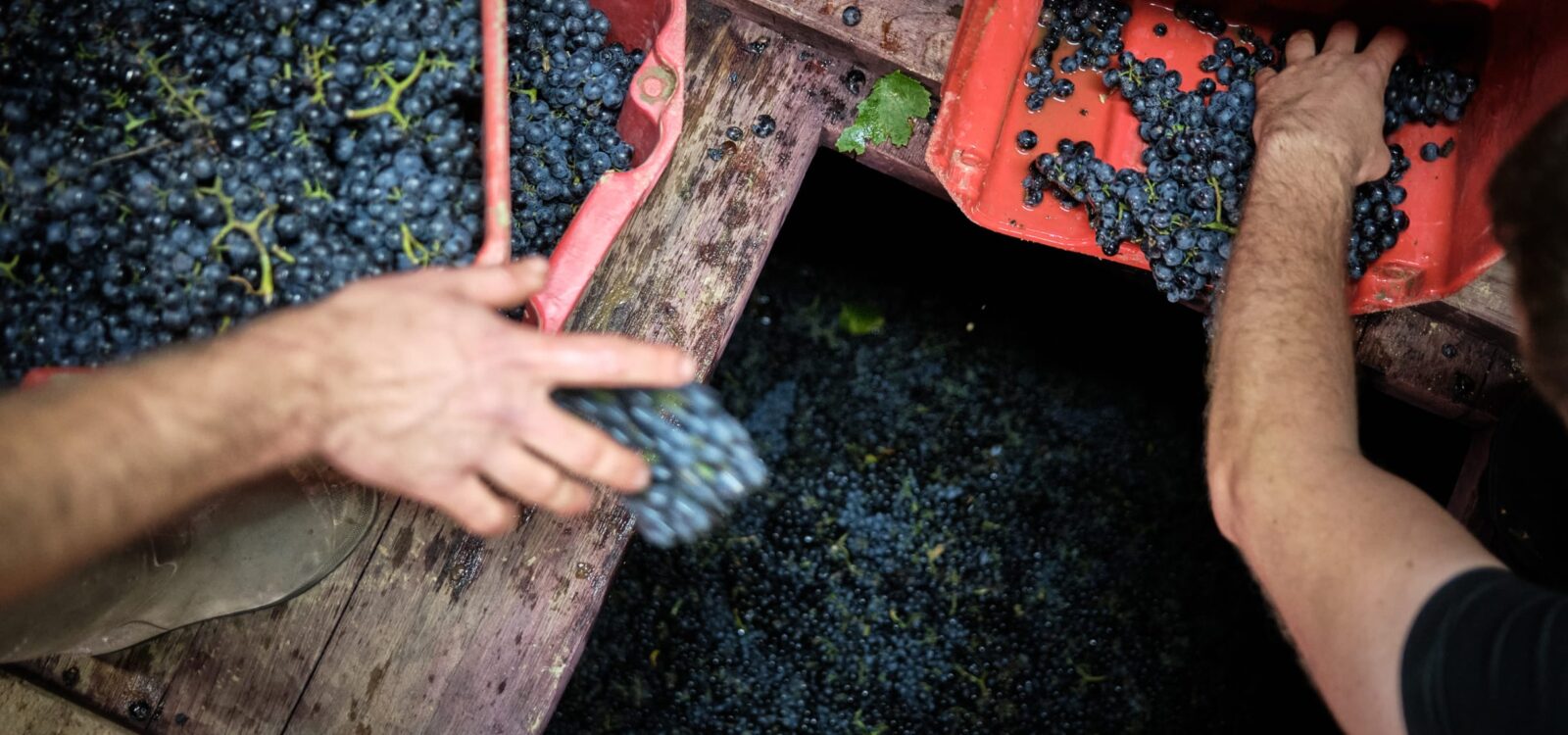
Kékfrankos: The Backbone of Blends
In addition to its success as a standalone varietal, Kékfrankos is also the backbone of many iconic Hungarian blends, most notably Bikavér (Bull’s Blood). In both Szekszárd and Eger, Kékfrankos is the key component in these blends, bringing freshness, structure, and a lively energy that balances the other varieties. Whether blended with bold grapes like Cabernet or softer varieties like Kadarka, Kékfrankos always manages to stand out without overpowering the wine.
Regional Variations and Styles
Kékfrankos thrives in almost every Hungarian red wine region, but its expression varies dramatically depending on the climate and soil. In cooler regions like Sopron, Kékfrankos tends to be lighter and more elegant, often compared to Pinot Noir. Further south in Szekszárd, the wines become spicier and more vibrant, while in the warmer Villány region, Kékfrankos can take on a fuller, richer profile. The grape’s sensitivity to its environment is one of its most fascinating qualities, and each region of Hungary produces a different interpretation of Kékfrankos.
Compared to the Blaufränkisch wines of Austria and Germany, Hungarian Kékfrankos typically has more character, with richer fruit flavors and greater depth. While the Austrian and German versions can be light and delicate, Hungarian Kékfrankos often feels more substantial, with a greater focus on structure and spice.

A Grape for Every Occasion
At its core, Kékfrankos is a grape that can be enjoyed in a variety of settings. It’s an ideal everyday wine, perfect for casual meals or sipping on its own, but it can also be the star of more serious, contemplative wines. Hungary’s winemakers have learned how to harness the grape’s natural vibrance and turn it into something special, whether through careful blending, natural winemaking techniques, or simply letting the terroir speak for itself.
As Hungary’s most widely planted red grape, Kékfrankos is deeply rooted in the country’s winemaking traditions. And as more winemakers embrace its true potential, Kékfrankos is proving that it’s not just a value wine, but a grape with the ability to produce wines of real depth, complexity, and elegance.
-
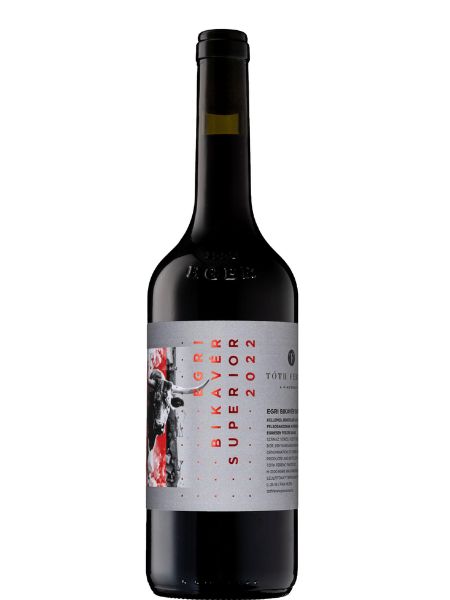 Tóth Ferenc Egri Bikavér Superior 2022€14,90
Tóth Ferenc Egri Bikavér Superior 2022€14,90€19,87 / l
incl. VAT
excl. shipping costs
Delivery time: 1-5 working days
-
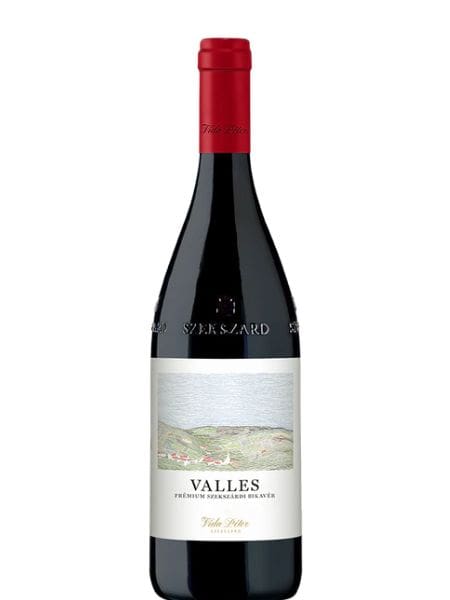 Vida Valles Szekszárdi Bikavér 2020€21,90
Vida Valles Szekszárdi Bikavér 2020€21,90€29,20 / l
incl. VAT
excl. shipping costs
Delivery time: 1-5 working days
-
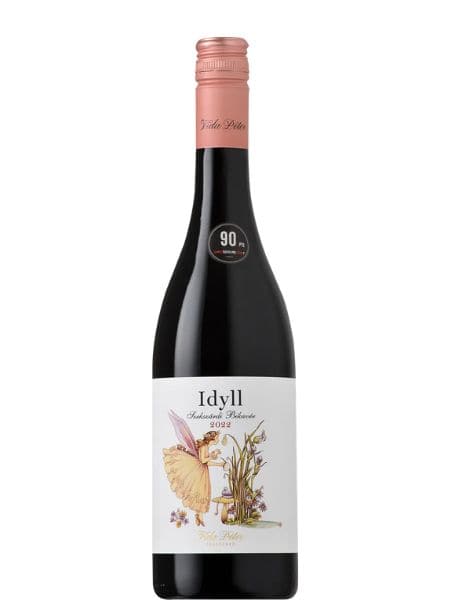 Vida Idyll Szekszárdi Bikavér 2022€10,90
Vida Idyll Szekszárdi Bikavér 2022€10,90€14,53 / l
incl. VAT
excl. shipping costs
Delivery time: 1-5 working days
-
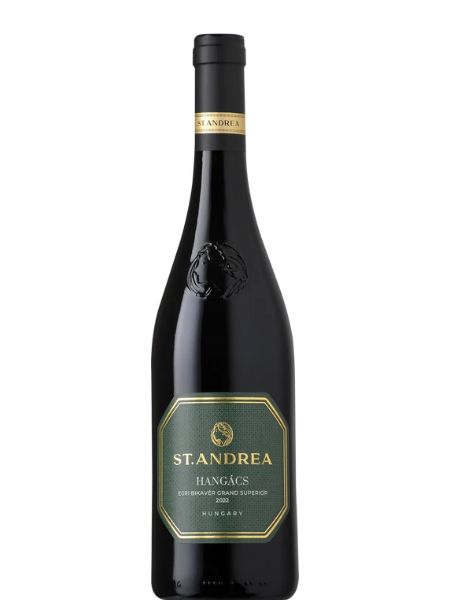 St. Andrea Hangács Bikavér 2022€41,50
St. Andrea Hangács Bikavér 2022€41,50€55,33 / l
incl. VAT
excl. shipping costs
Delivery time: 1-5 working days
-
 Sauska Siller 2024€8,50
Sauska Siller 2024€8,50€11,33 / l
incl. VAT
excl. shipping costs
Delivery time: 1-5 working days
-
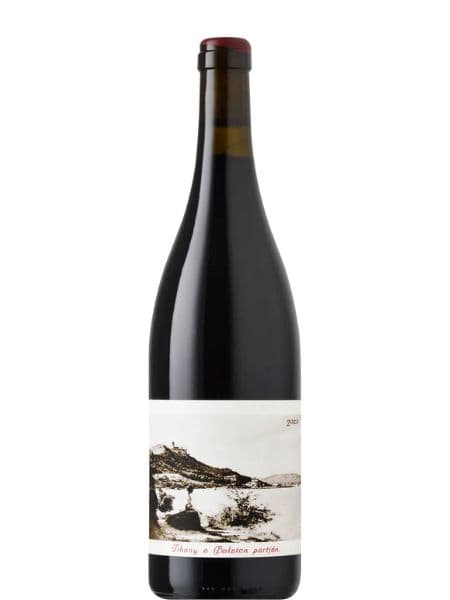 Bökő Dávid Tihany A Balaton Partján 2023€13,50
Bökő Dávid Tihany A Balaton Partján 2023€13,50€18,00 / l
incl. VAT
excl. shipping costs
Delivery time: 1-5 working days
-
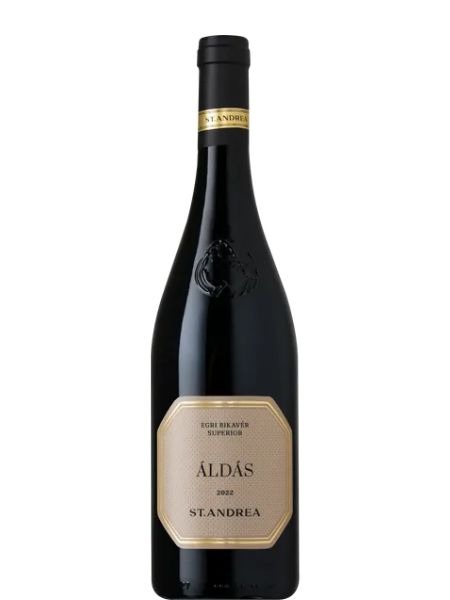 St. Andrea Áldás Bikavér 2023€14,90
St. Andrea Áldás Bikavér 2023€14,90incl. VAT
excl. shipping costs
Delivery time: 1-5 working days
-
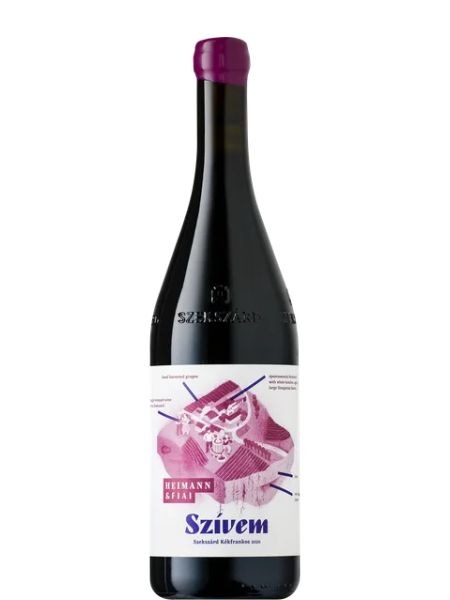 Heimann & Fiai Szívem Kékfrankos 2020€42,90
Heimann & Fiai Szívem Kékfrankos 2020€42,90€57,20 / l
incl. VAT
excl. shipping costs
Delivery time: 1-5 working days
-
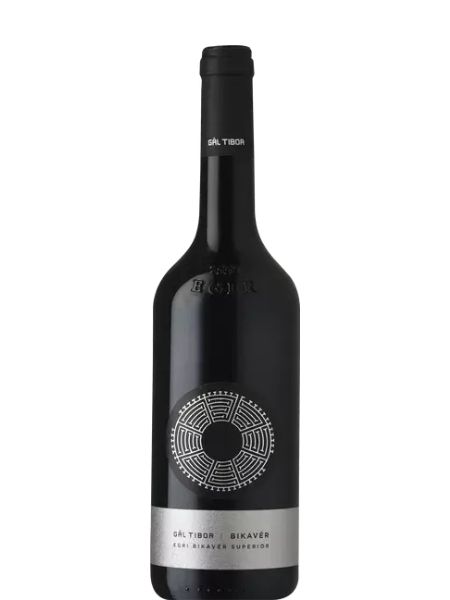 Gál Tibor Egri Bikavér Superior 2022€12,50
Gál Tibor Egri Bikavér Superior 2022€12,50€16,67 / l
incl. VAT
excl. shipping costs
Delivery time: 1-5 working days

 Deutsch
Deutsch
